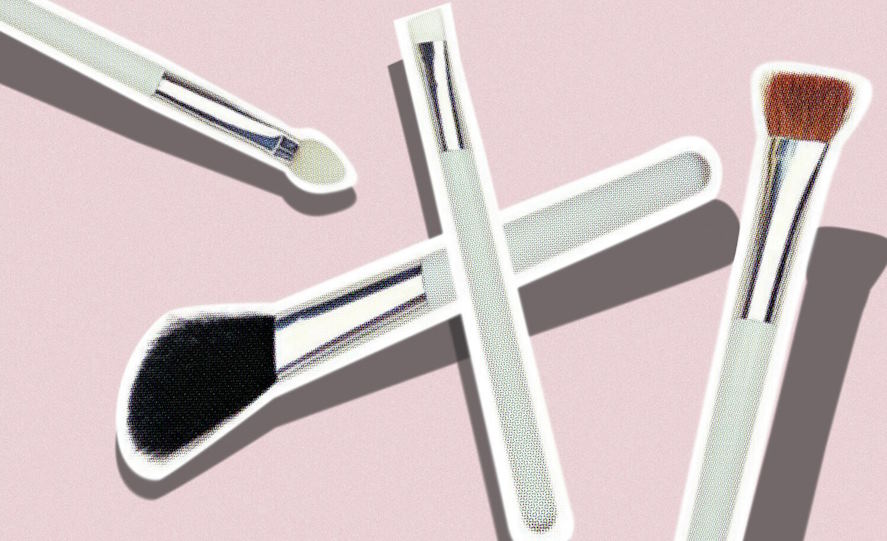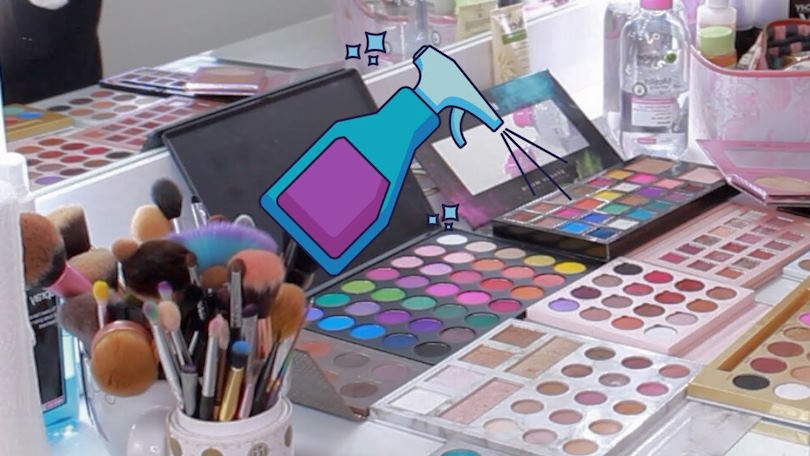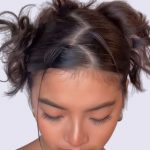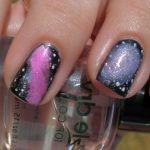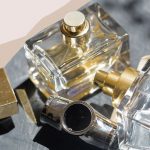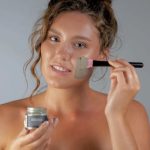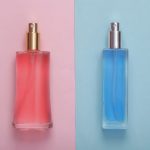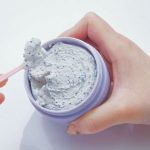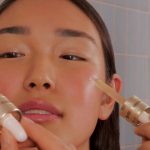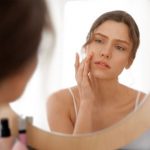Amidst the excitement of experimenting with makeup to enhance our features and express our creativity, one crucial aspect that should never be overlooked is makeup hygiene and sanitation. The close relationship between makeup and skin health cannot be overstated – the products we apply to our skin can either contribute to its radiance or lead to a range of issues, from irritating allergies to stubborn infections. Whether you’re a makeup enthusiast, a professional artist, or simply someone who enjoys a touch of cosmetics, understanding and implementing these hygiene guidelines is essential for preserving the beauty and vitality of your skin.
The Risks of Poor Makeup Hygiene
Introduction to Potential Skin Issues
When it comes to makeup, we often focus on the instant beauty transformations it can offer. However, neglecting proper makeup hygiene can lead to a range of potential skin issues that can undermine your skin’s health. From bacterial and fungal infections to allergic reactions, the consequences of poor makeup hygiene are not to be taken lightly.
Bacterial and Fungal Infections
- Common Organisms Found in Makeup Products: Makeup products can inadvertently become breeding grounds for various harmful microorganisms. Bacteria like Staphylococcus aureus and Streptococcus, along with fungi like Aspergillus and Candida, can thrive in the warm and moist environment often created by makeup.
- Effects of Infections on Skin Health: These microbes can lead to a plethora of skin infections, causing redness, swelling, itching, and even pustules. More severe cases might result in painful abscesses or even cellulitis. Such infections not only mar your appearance but also compromise your skin’s natural defenses, potentially leading to long-term damage if not addressed promptly.
Allergic Reactions and Skin Sensitivity
- Ingredients Triggering Allergies: Makeup products contain an array of chemicals, fragrances, and preservatives that can trigger allergic reactions in sensitive individuals. Common culprits include fragrances, parabens, and certain color additives.
- Long-Term Impact on Skin Condition: Repeated exposure to allergens can lead to chronic dermatitis and other skin disorders. Even if you’ve never experienced allergies before, the continuous use of allergen-laden products can sensitize your skin, making it more prone to reactions over time.
Essential Makeup Hygiene Practices
Maintaining impeccable makeup hygiene isn’t just a choice – it’s a fundamental step towards preserving the health and vitality of your skin. By adhering to essential hygiene practices, you can enjoy the beauty benefits of makeup without risking your skin’s well-being.
Clean Hands and Tools
- Washing Hands Before Applying Makeup: Clean hands are the foundation of good hygiene. Before you start your makeup routine, ensure your hands are thoroughly washed to prevent the transfer of dirt, oils, and bacteria to your face.
- Regular Cleaning of Makeup Brushes and Sponges: Makeup tools are magnets for residual makeup, oils, and debris. Regularly cleaning your brushes and sponges with a gentle cleanser helps eliminate buildup that could lead to bacterial growth and breakouts.
Sanitizing Products
- Checking Expiration Dates: Makeup products have a shelf life. Using products beyond their expiration dates can expose your skin to deteriorated ingredients that might not only be ineffective but also harmful. Regularly go through your collection and discard expired items.
- Using Alcohol-Based Sprays for Disinfection: Alcohol-based sprays provide an effective and quick way to disinfect makeup products without compromising their quality. A quick spritz can help eliminate surface bacteria and ensure the safety of your products.
Avoiding Cross-Contamination
- Not Sharing Makeup Products: Sharing makeup might seem harmless, but it significantly increases the risk of transferring bacteria and other microbes. Always use your own products to avoid potential contamination.
- Using Disposable Applicators When Necessary: In situations where sharing is unavoidable, like professional makeup application or testing products at beauty counters, opt for disposable applicators. These single-use tools minimize the chances of cross-contamination.
Regular Cleaning of Makeup Accessories
Your makeup tools are like loyal companions on your beauty journey, but they can also harbor unseen dirt and bacteria if not properly cared for. Regularly cleaning your brushes, sponges, and tools is an essential practice to ensure the hygiene and longevity of both your makeup and your skin.
Cleaning Frequency for Brushes, Sponges, and Tools
The frequency of cleaning your makeup accessories depends on how often you use them. Generally, brushes and sponges used for liquid or cream products should be cleaned more frequently, about once a week. Brushes used for powder products can be cleaned every 2-3 weeks. Tools used by makeup artists or in professional settings might require daily cleaning.
Step-by-Step Cleaning Process
- Using Mild Soap or Brush Cleansers: Begin by rinsing your brushes and sponges under lukewarm water to remove residual makeup. Then, apply a mild soap or specialized brush cleanser to your tools. Gently lather and work the cleanser into the bristles or sponge material.
- Drying and Storing Tools Properly: After cleaning, rinse thoroughly until the water runs clear. Gently squeeze excess water from sponges and reshape brushes. Lay brushes flat on a clean towel to dry, allowing the bristles to maintain their shape. For sponges, place them in a well-ventilated area to air dry completely.


